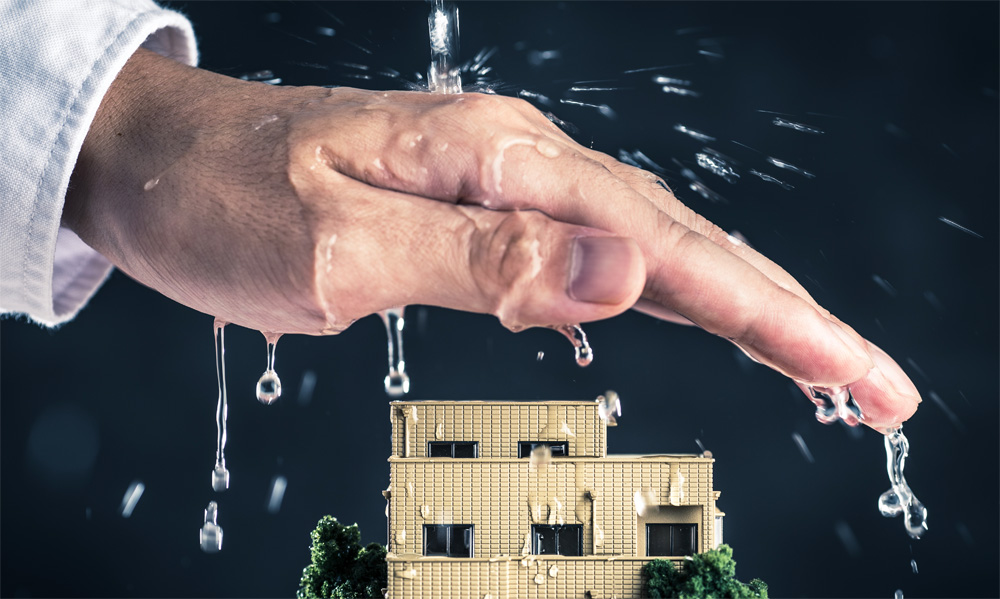Oh, the Pain from the Rain! - Page 2
 |
|
|
Number four: take photos (should insurance documentation be required). If you have homeowner insurance with roof coverage, photos will go a long way towards showing not only the severity of any roof damage, but belongings that may have been compromised.
"We typically document the cause of the leak both with photographs and a report," Harvey says, as well as noting underlying re-roofs.
Most companies, including Wedge and Dura-Foam, have dedicated repair crews, and dedicated estimators. So, says Harvey, "Leak issues will be assigned to one of my dedicated estimators who are responsible for strictly putting together the follow-up repair report, or a proposal." Harvey notes that emergency service is not under warranty, but "clearly if it's a warranted product, there's no charge for that."
Number five: get repairs underway as soon as possible. Since many Eichler roofs often have significantly large flat areas, pooling or standing water is often the cause of a leaking roof.
 |
|
|
Wind and rain can cause roof leaks by creating a buildup of litter on the roof. Leaves, twigs, and pine needles can quickly create a layer of debris that traps water against your roof's surface that can eventually seep through.
"On a TPO [single-ply] roof, for example, nine times out of ten it could be a seam that developed a deficiency, or a penetration in the caulking system," Harvey explains, noting that on all roof systems clogged water or debris can be the culprits. "On masonry fireplaces," he adds, "even though a leak manifests inside, it can be the flashing or the masonry itself [outside]."
For quality assurance, Dura-Foam's Hill recommends "a final inspection to ensure that the damaged areas have been properly repaired and sealed. Then test the repaired areas for leaks, if necessary, and address any additional issues that may arise."
Number six: protect your home from future leaks. An important safeguard in preventing roof leak emergencies is to 'winterize' your Eichler before the rainy season kicks in. This includes areas that tend to be problematic, such as fireplaces, roof vents, and skylights. For that, refer to our article 'Get Set for Old Man Winter,' which presents a rundown on annual winter prepping.
 |
|
|
Occasionally in the leak-detection and repair process, mysteries occur—and the exact location of the problem may be many feet away from where the water is actually showing up. Also, since most repairs cannot be made while it's raining, the weather schedule may dictate the windows of opportunity for exploration and repair.
Eichler Network director Marty Arbunich was introduced firsthand to one of those mysteries surrounding a leak recently at his Eichler X-100 in the San Mateo Highlands.
"Dura-Foam was very responsive and diligent with their approach to detection and repair," he says. "However, a series of four eight-foot skylights was complicating progress. Covering all the skylights with plastic tarps and systematically removing one cover at a time before each new rain compounded one simple leak into a drawn-out process. No shortcut for that."
Maintaining a relationship with a reliable roofing contractor can go a long way towards protecting your home. "If it's our product, we want to catch little things before they become big things," says Harvey. "If it's some other company's roof, we'll come out and repair it, and only sell a client something if it's needed."
"Eichlers are a beautiful, unique, and valuable design," he adds, "and they should be protected."




